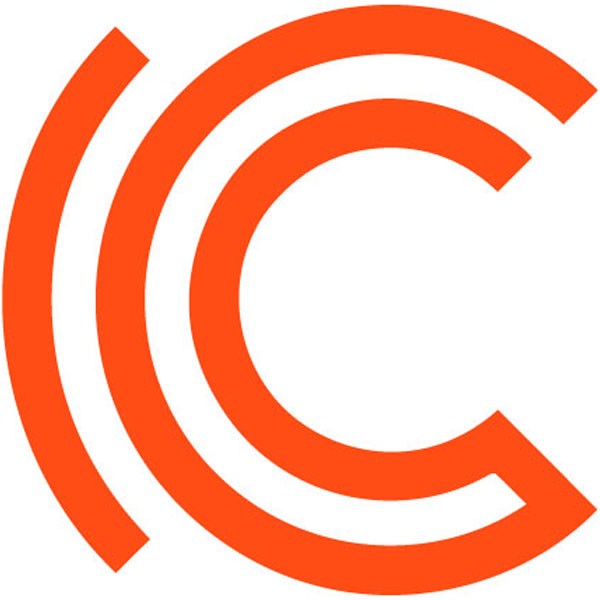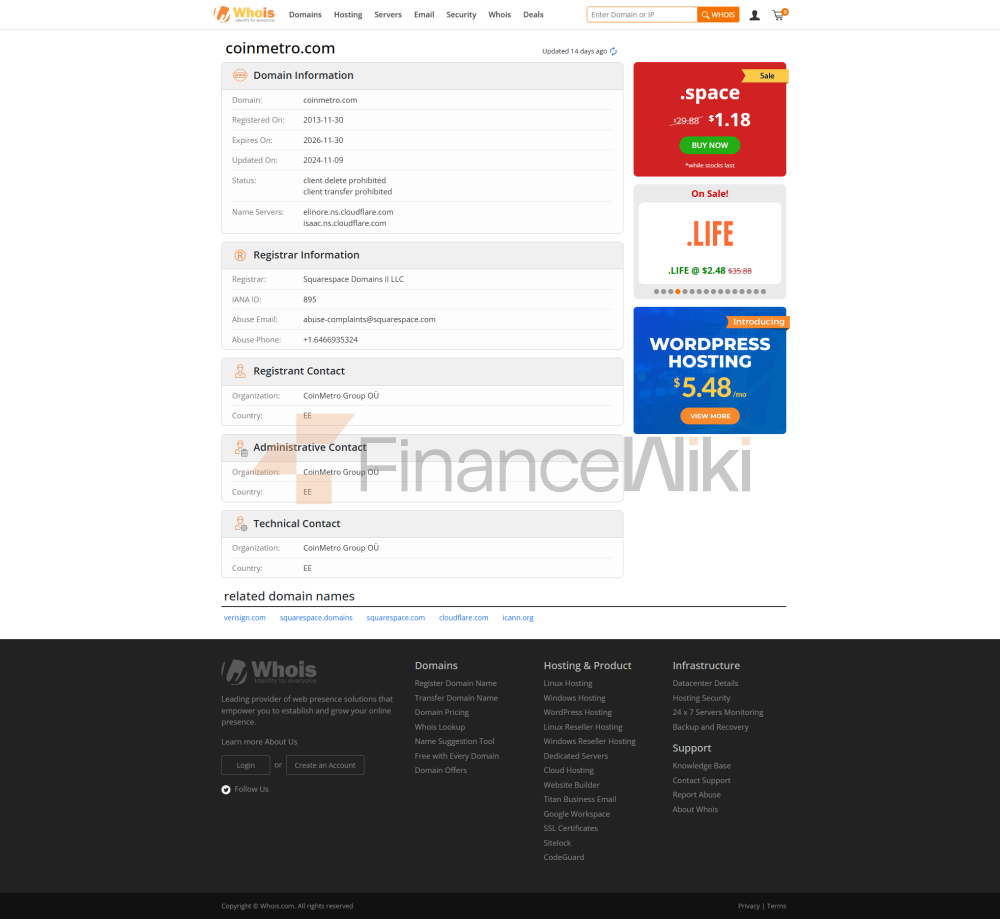What Is Coinmetro?
CoinMetro, An Unregulated Cryptocurrency Trading Platform, Was Founded In 2017. Since Its Inception, The Platform Has Amassed More Than $100 Million In Trading Volume, Demonstrating Its Scalability And Popularity Among The Client Base. Trading Uses A Rate Structure Where Traders Pay A 0.1% Fee On Their Trading Activities, While Market Makers Are Exempt From Any Fees. CoinMetro Also Prioritizes Customer Support To Provide Customers With Immediate And Effective Assistance
Pros And Cons
Pros:
- Low Transaction Fees: CoinMetro Offers Competitive Transaction Fees, Including 0% Pending Order Fees And 0.1% Eating Order Fees.
- Unique Investment Opportunities: CoinMetro Offers Investment Options Such As UST Pledges And Bonds, Providing Users With A Diverse Range Of Ways To Add Value.
- UST Pledges: CoinMetro Allows Users To Pledge UST, Which Could Be A Potential Way To Earn Rewards For Holding Assets.
- Educational Resources: CoinMetro Provides An Educational "content Hub" That Includes Articles, Insights, And A Demo Platform For Users To Learn About Cryptocurrency Trading.
Cons:
- Limited Cryptocurrency Selection: The Exchange Has A Relatively Small Number Of Cryptocurrencies Available For Trading, Which May Limit The Diversity Of Options.
- Copy Trading Is Not Developed Enough: Copy Trading Services May Not Be As Powerful As Expected, Potentially Limiting The Effectiveness Of The Feature.
- Domain-Specific Collateral Assets: Assets That Can Be Collateralized May Be Too Domain-specific, Limiting The Options For Users To Receive Rewards Through Staking.
- High Deposit And Withdrawal Fees: The Platform Charges Relatively High Deposit And Withdrawal Fees For Certain Methods, Which May Affect The Overall Cost For Users.
Regulation
CoinMetro Operates Without Regulatory Oversight, Which Raises Concerns About User Protection, Compliance And Compliance. Lack Of Regulation Means Less Protection Against Risks Such As Fraud And Unfair Practices. Users Should Be Treated With Caution Before Engaging And Consider Potential Downsides Due To Lack Of Regulatory Oversight.








